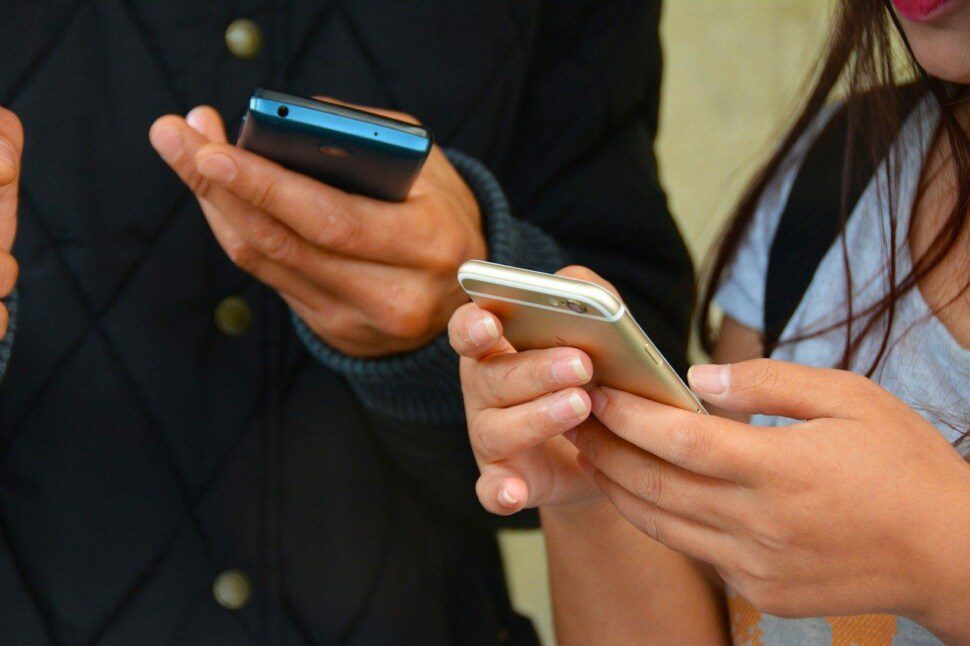Apps like Snapchat and Privnote let you send messages that are deleted automatically after being read. This self-destructing functionality gives an added layer of privacy. There are some clear benefits to setting messages to delete after opening.
- Prevents snooping – Prying eyes can’t find any evidence of messages disappearing. Self-destructing notes stop people from accessing your conversations later.
- Limits unwanted exposure – If a device gets stolen or your account is compromised, temporary messages minimize your exposure. There’s less private data available for malicious use.
- Adds control – You decide exactly when a message deletes, rather than trusting others will properly dispose of it. Self-destructing gives you greater control over your privacy.
- Reduces clutter – Disappearing messages prevent endless chat history buildup. Keeping only active conversations makes communications easier to manage.
Encourages Candid Conversations – If there’s no permanent record, they are likely to open up more. The ephemerality leads to more authentic interactions.
When self-destruction is smart?
what is private message? While vanishing messages have benefits, they aren’t always the right choice. Sharing confidential information like passwords or account numbers that only need to be accessed once. Private conversations where you want candidness but no permanent logs. Sending risqué content or messages you wouldn’t want to be exposed publicly. Communicating sensitive information that could be damaging if leaked, like trade secrets. Messaging from devices with suspected malware or security risks present. Temporary notes serve only for short-term reference before expiring. Self-destructing messages bring risks if misused.
Don’t rely on them as your sole communication method if you need message records. Be extremely cautious about using vanishing messages with new or untrusted contacts. Warn recipients not to screenshot any sensitive ephemeral content you send. Enable screenshot-blocking features in apps whenever possible to prevent unauthorized saves. Favor apps that use end-to-end encryption like Signal rather than just transport encryption. Delete screenshots of disappearing messages from your devices as soon as you view them. Avoid sending content that could be harmful if shared without your consent, even if chances seem low. Consider backing up important ephemeral messages elsewhere before they disappear.
Are vanishing messages right for you?
There’s certainly an appeal and some valid use cases for self-destructing messages. Evaluate your personal communication needs. Enable disappearing messages selectively for content that truly warrants the privacy boost and management benefits. Don’t rely on them exclusively. Use your best judgment on when evanescent messaging is smart versus when permanent records are preferable. Find the right balance of ephemeral content and message history that suits your situation.
Like any privacy tool, educate yourself on how self-destructing messages work, their limitations, and smart practices to avoid pitfalls. Implement thoughtfully and you may find them quite useful. But, vanishing messages alone are no guaranteed solution for secure communications in all cases. Scrutinize their encryption implementations, opt-out policies, how message deletion is enforced on company servers, and more. Transparency from providers is a good sign. Also, consider combining vanishing messages with other privacy practices. Adopting layered privacy habits like these makes evanescent messaging safer as one component of a robust defense. But, depending solely on self-destructing messages is unwise in most situations.




